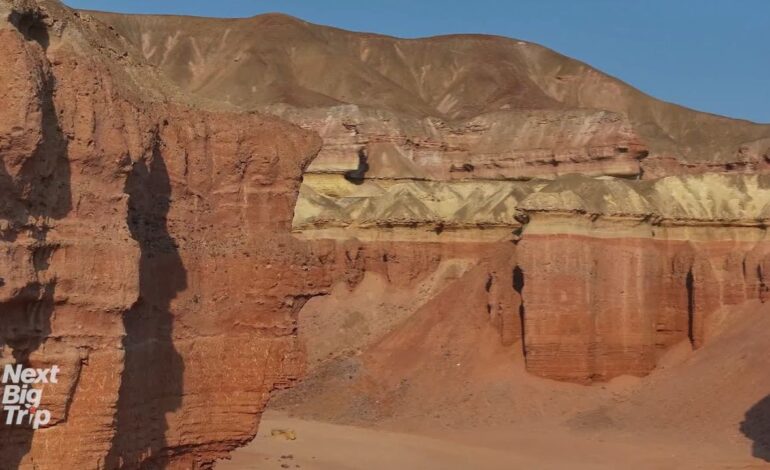Discovering the Serene Silence of Angola’s Curoca Region

In a recent exploration, CNN’s Will Ripley ventured into the remote Curoca region of Angola, unveiling what may be one of the quietest places in Africa. The journalist’s journey highlighted the area’s stunning red rock formations and the profound silence that envelops the landscape, offering a rare experience in an increasingly noisy world.
Located in the southwest of Angola, Curoca is marked by its dramatic geological features and diverse wildlife. Ripley described the red rocks as both majestic and serene, a striking contrast to the bustling urban environments many are accustomed to. The tranquility of the area is so distinct that it has captured the attention of naturalists and travelers seeking solitude.
Experiencing the Unique Soundscape
Ripley’s experience in Curoca went beyond mere visual splendor; he emphasized the profound “sacred sound of silence” that pervades the region. This soundscape is a rare occurrence in today’s world, where natural environments are often disrupted by human activity. The silence in Curoca offers visitors a chance to reconnect with nature in a way that is becoming increasingly difficult elsewhere.
His reflections on the experience serve as a reminder of the importance of preserving such areas. The Curoca region, while remote, is emblematic of the natural beauty that Africa has to offer, and it plays a significant role in the ecological landscape of the continent.
Conservation and Future Prospects
As the world becomes more aware of climate change and environmental degradation, the significance of places like Curoca cannot be overstated. Angola, emerging from years of civil strife, is now focusing on sustainable tourism and conservation efforts. The government, alongside various international organizations, aims to protect these natural treasures while promoting responsible tourism.
The potential for Curoca to become a UNESCO World Heritage Site is being discussed, which would further elevate its status and attract more visitors. Such recognition could enhance conservation funding and increase awareness of its ecological importance.
Ripley’s journey serves as both an invitation and a call to action. By experiencing the unique tranquility of Curoca, visitors are encouraged to appreciate the beauty of Africa’s landscapes and the need for their protection. As more travelers seek out quiet and untouched places, Curoca stands as a testament to the serenity that nature can provide, reminding us of our responsibility to safeguard these environments for future generations.






